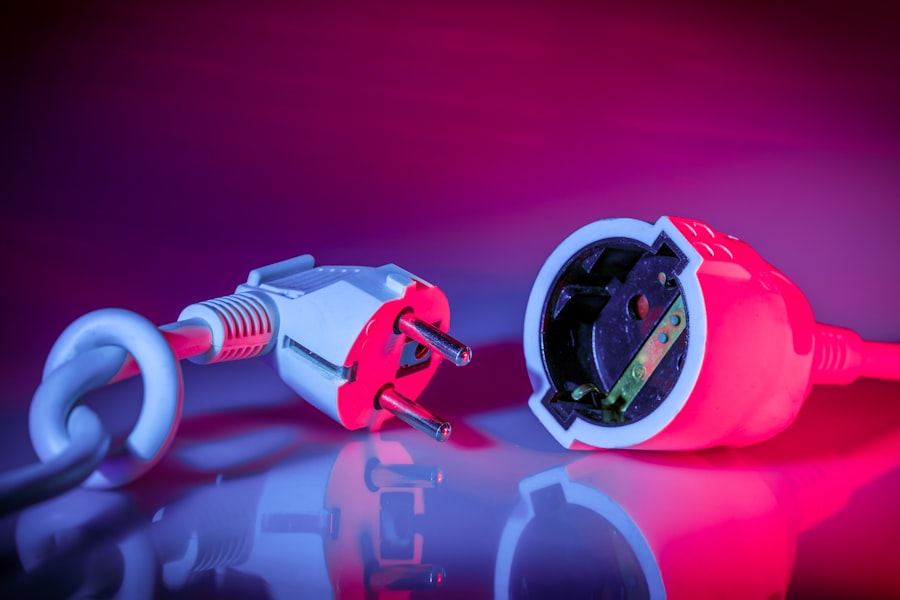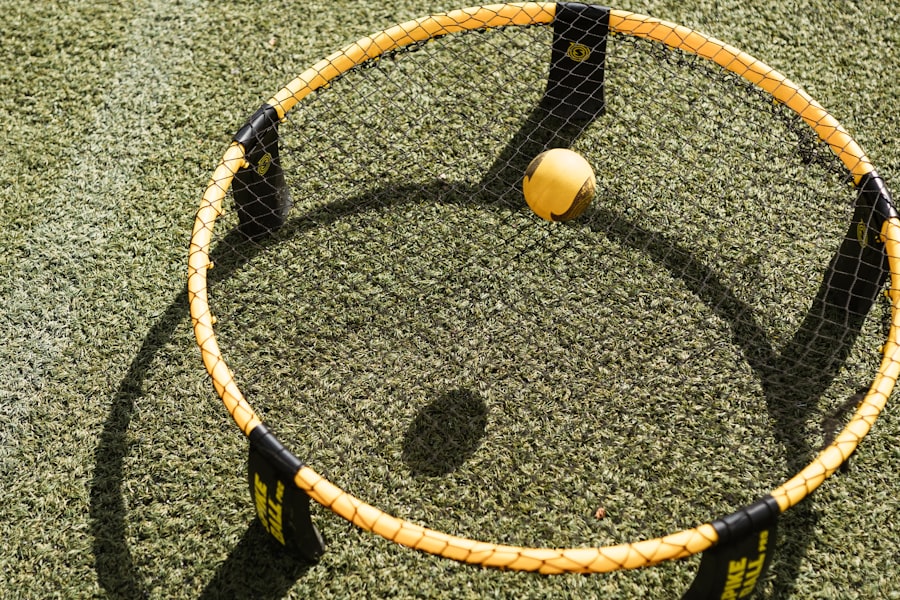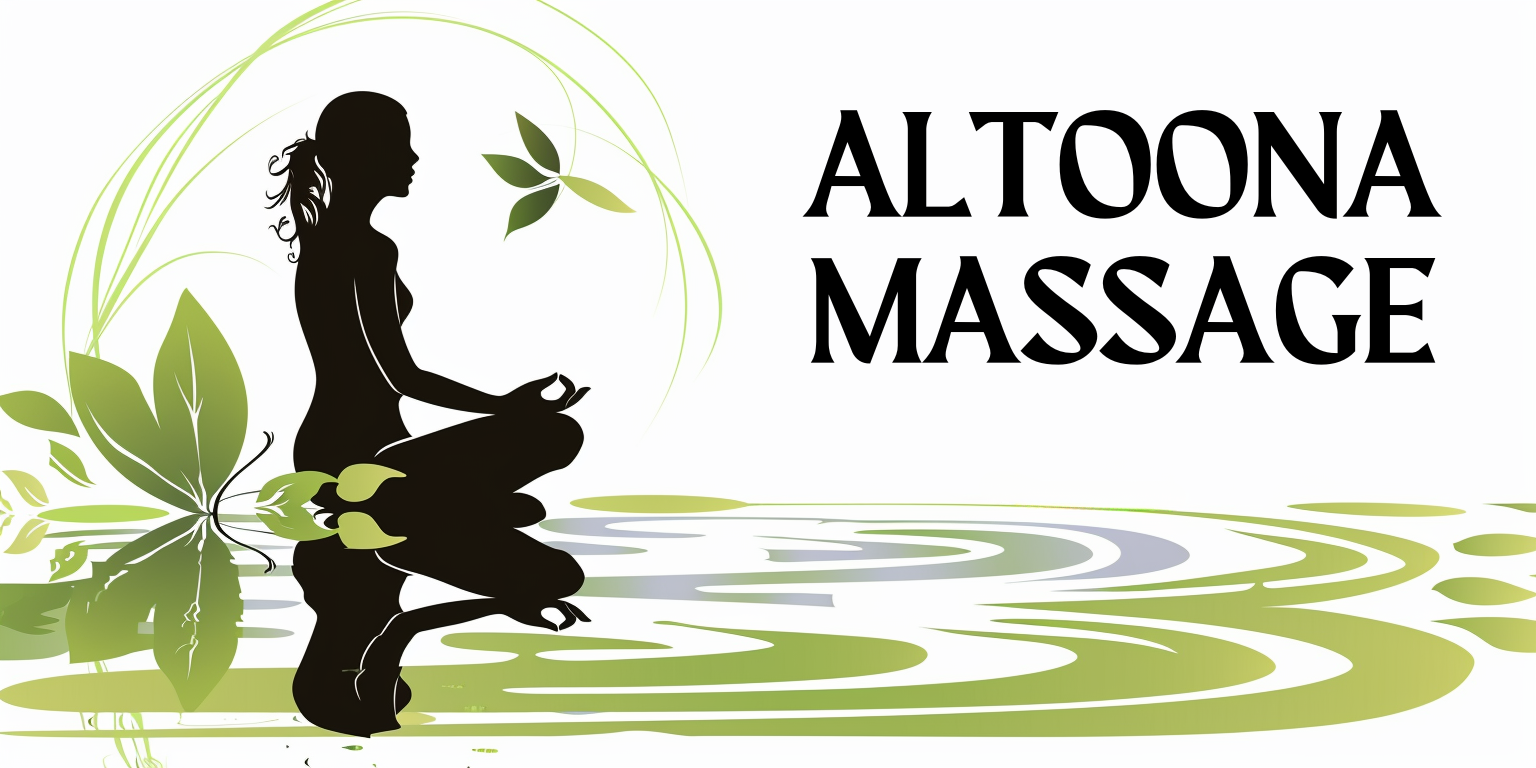Cupping therapy has a rich and storied history that dates back thousands of years, with its origins rooted in ancient civilizations. You might be surprised to learn that this practice was utilized by the Egyptians as early as 1550 B.C., as evidenced by ancient medical texts. The Egyptians believed in the healing properties of cupping, using it to treat various ailments and promote overall well-being.
As you delve deeper into its history, you will find that cupping was also embraced by the Greeks, particularly by Hippocrates, who is often referred to as the father of medicine. He recognized the therapeutic benefits of this technique and incorporated it into his medical practices. As time progressed, cupping therapy spread across different cultures and regions, adapting to local beliefs and practices.
In traditional Chinese medicine, for instance, cupping became an integral part of holistic healing approaches. You may find it fascinating that the Chinese have been using cupping for over 2,000 years, believing it helps balance the body’s energy, or “qi.” The practice continued to evolve, with various techniques and materials being introduced over the centuries. Today, cupping therapy is experiencing a resurgence in popularity, particularly in the West, where it is often associated with athletes and celebrities who tout its benefits for recovery and wellness.
Key Takeaways
- Cupping therapy has been used for thousands of years, with evidence of its practice dating back to ancient Egyptian, Chinese, and Middle Eastern cultures.
- Cupping therapy in massage can help to relieve muscle tension, improve blood flow, and promote relaxation.
- Cupping therapy works by creating suction on the skin, which helps to release fascia, increase blood flow, and reduce inflammation.
- There are different types of cupping therapy, including dry cupping, wet cupping, and fire cupping, each with its own unique benefits and techniques.
- Cupping therapy plays a significant role in traditional Chinese medicine, where it is believed to balance the body’s yin and yang, and promote the flow of qi.
The Benefits of Cupping Therapy in Massage
When you consider the benefits of cupping therapy in massage, you may be intrigued by how this ancient practice complements modern therapeutic techniques. One of the most notable advantages is its ability to enhance blood circulation. By creating a vacuum effect on the skin, cupping draws blood to the surface, promoting increased blood flow to the treated area.
This can lead to improved oxygenation of tissues and accelerated healing processes. As a result, you may find that incorporating cupping into your massage sessions can significantly enhance the overall effectiveness of your treatments. In addition to improved circulation, cupping therapy can also help alleviate muscle tension and pain.
If you’ve ever experienced tightness or soreness in your muscles, you might appreciate how cupping can provide relief. The suction created by the cups helps to loosen tight muscles and fascia, allowing for greater flexibility and range of motion. Many clients report feeling a sense of relaxation and relief after a cupping session, making it an excellent addition to any massage practice.
Furthermore, cupping can aid in detoxification by promoting lymphatic drainage, which can help your body eliminate toxins more efficiently.
How Cupping Therapy Works

Understanding how cupping therapy works can deepen your appreciation for this unique treatment method. At its core, cupping involves placing specially designed cups on the skin to create suction. This suction can be achieved through various methods, including heat or mechanical pumps.
When you experience this suction, it pulls the skin and underlying tissues into the cup, which can stimulate blood flow and promote healing. You may find it interesting that this process not only affects the surface of the skin but also penetrates deeper layers of muscle and connective tissue. As the cups remain in place for a specific duration—typically ranging from 5 to 15 minutes—your body begins to respond to the treatment.
The increased blood flow can help reduce inflammation and promote relaxation in the muscles. Additionally, the negative pressure created by the cups can help break up adhesions and scar tissue, which may be contributing to pain or discomfort. This multifaceted approach makes cupping therapy a versatile tool in your massage practice, allowing you to address various issues that your clients may face.
Different Types of Cupping Therapy
Cupping therapy is not a one-size-fits-all approach; rather, there are several different types that you can explore to find what works best for you and your clients. One of the most common forms is dry cupping, where cups are placed on the skin without any additional substances or techniques. This method is straightforward and effective for enhancing circulation and relieving muscle tension.
You might find that many clients respond well to dry cupping due to its simplicity and immediate benefits. Another popular technique is wet cupping, which involves making small incisions on the skin before applying the cups. This method allows for the removal of stagnant blood and toxins from the body, promoting detoxification.
While wet cupping may sound more intense than dry cupping, many practitioners believe it offers deeper therapeutic benefits. Additionally, there is fire cupping, where heat is used to create suction within the cups. This traditional method can provide a unique experience for clients who are open to exploring different sensations during their treatment.
The Role of Cupping Therapy in Traditional Chinese Medicine
In traditional Chinese medicine (TCM), cupping therapy holds a significant place as a holistic healing modality. You may find it fascinating that TCM views health as a balance between yin and yang energies within the body. Cupping is believed to help restore this balance by promoting the flow of qi (energy) and blood throughout the meridians—pathways through which energy flows.
When you incorporate cupping into your practice, you are not only addressing physical symptoms but also considering the energetic aspects of your clients’ health. Cupping therapy in TCM is often used to treat various conditions such as respiratory issues, digestive problems, and musculoskeletal pain. By stimulating specific acupuncture points through cupping, practitioners aim to release blockages and restore harmony within the body.
As you explore this ancient practice further, you may discover how cupping can complement other TCM techniques like acupuncture and herbal medicine, creating a comprehensive approach to wellness that resonates with many clients seeking holistic care.
The Science Behind Cupping Therapy

While cupping therapy has deep historical roots in traditional practices, modern science has begun to explore its mechanisms and effects more thoroughly. Research indicates that cupping may stimulate local blood flow and activate the immune system’s response in treated areas. You might be intrigued by studies showing that cupping can lead to increased levels of certain growth factors that promote tissue repair and regeneration.
This scientific perspective adds credibility to what many practitioners have long believed about the benefits of this therapy. Moreover, some studies suggest that cupping may help reduce pain by influencing pain receptors in the nervous system. When you apply suction through cupping, it may alter pain perception by interrupting pain signals sent to the brain.
This could explain why many clients report significant relief from chronic pain conditions after receiving cupping therapy. As research continues to evolve, you may find yourself more equipped to explain these benefits to your clients, bridging the gap between ancient wisdom and modern science.
Precautions and Considerations for Cupping Therapy
As with any therapeutic practice, there are precautions and considerations you should keep in mind when incorporating cupping therapy into your massage sessions. First and foremost, it’s essential to conduct a thorough assessment of your clients’ health histories before proceeding with treatment. Certain conditions—such as skin disorders, bleeding disorders, or pregnancy—may contraindicate cupping therapy.
By taking these factors into account, you can ensure a safe and effective experience for your clients. Additionally, it’s important to educate your clients about what they can expect during and after a cupping session. Some individuals may experience temporary bruising or redness on their skin following treatment; this is generally harmless but can be surprising for those unfamiliar with cupping’s effects.
By setting clear expectations and providing aftercare instructions—such as staying hydrated and avoiding strenuous activities—you can help your clients maximize their benefits while minimizing any potential discomfort.
Incorporating Cupping Therapy into Your Massage Practice
If you’re considering incorporating cupping therapy into your massage practice, there are several steps you can take to ensure a smooth integration process. First, consider obtaining proper training from certified professionals who specialize in cupping techniques. This will not only enhance your skills but also boost your confidence when offering this service to clients.
You might also want to invest in high-quality cups made from materials like silicone or glass to ensure safety and effectiveness during treatments. Once you’ve gained proficiency in cupping therapy, start by introducing it gradually into your existing massage sessions. You could offer it as an add-on service or create specialized packages that highlight its benefits alongside traditional massage techniques.
As you gain experience and receive feedback from clients, you’ll be able to refine your approach and tailor treatments based on individual needs. By embracing this ancient practice within your modern massage offerings, you can provide a unique experience that resonates with clients seeking holistic wellness solutions. In conclusion, cupping therapy is a fascinating practice with deep historical roots and numerous benefits that can enhance your massage offerings.
By understanding its history, mechanisms, types, and role within traditional medicine systems like TCM, you can appreciate its value even more deeply. As you navigate precautions and considerations while incorporating this technique into your practice, you’ll be well-equipped to provide an enriching experience for your clients that promotes healing and well-being.
FAQs
What is cupping therapy in massage?
Cupping therapy is an ancient form of alternative medicine in which a therapist puts special cups on your skin for a few minutes to create suction. This suction may help with pain, inflammation, blood flow, relaxation and well-being, and as a type of deep-tissue massage.
How does cupping therapy work?
During a cupping therapy session, a therapist places cups on the skin and creates suction by either heating the cups or using a pump. The suction draws the skin and superficial muscle layer into the cup, which may promote blood flow and help relieve muscle tension.
What are the benefits of cupping therapy in massage?
Cupping therapy in massage may help with pain relief, inflammation reduction, improved blood flow, relaxation, and overall well-being. It is also believed to help with muscle recovery and promote a sense of deep relaxation.
Are there any side effects or risks associated with cupping therapy?
While cupping therapy is generally considered safe, it can cause temporary skin discoloration, mild discomfort, and bruising. In some cases, it may also cause burns, skin infection, or allergic reactions. It is important to consult with a qualified therapist and discuss any potential risks before undergoing cupping therapy.
Who can benefit from cupping therapy in massage?
Cupping therapy in massage can benefit individuals experiencing muscle tension, pain, inflammation, stress, and anxiety. It may also be beneficial for athletes looking to improve muscle recovery and performance. However, it is important to consult with a healthcare professional to determine if cupping therapy is suitable for your specific condition.
